Our Lady of Sorrows of Chandavila: Green light from the Dicastery for Doctrine
The Dicastery for the Doctrine of the Faith gives its consent to the ‘nulla osta’ proposed by the Archbishop of Mérida-Badajoz on the devotion linked to the Sanctuary of Chandavila, Spain
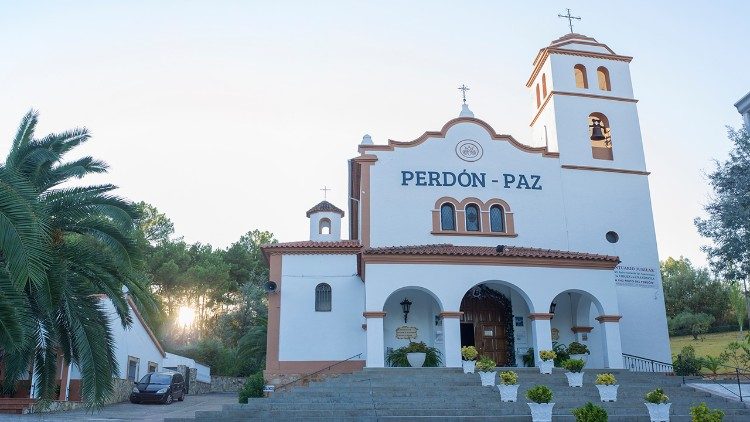
The Dicastery for the Doctrine of the Faith “gladly gives its consent” for the Archbishop of Mérida-Badajoz, Monsignor José Rodríguez Carballo, to proceed with the proposed declaration “nihil obstat”, so that “the sanctuary of Chandavila, heir to a rich history of simplicity, few words and much devotion, continues to offer to the faithful who wish to approach it, a place of inner peace, consolation and conversion.”
This is what Cardinal Prefect Victor Manuel Fernandez wrote in a letter approved by Pope Francis yesterday, August 22, in response to a letter from the Spanish prelate dated July 28 on the events, dating back to 1945, of two young girls to whom the Virgin Mary, Our Lady of Sorrows, would have appeared in the Spanish town of Chandavila, in Extremadura, near the border with Portugal.
According to the norms published on May 17 by the Dicastery for the Doctrine of the Faith, with the nulla osta, “although no certainty is expressed about the supernatural authenticity of the phenomenon, many signs of an action of the Holy Spirit are recognized,” so “the diocesan bishop is encouraged to appreciate the pastoral value and also to promote the dissemination of this spiritual proposal, even through possible pilgrimages to a sacred place,” while the faithful are authorized to give “in a prudent manner their adhesion.”
The story of Marcelina and Afra
The devotion to Our Lady of Sorrows in Chandavila was born at the end of the Second World War with the spiritual experiences that two girls, Marcelina Barroso Expósito, ten years old, and Afra Brígido Blanco, seventeen, had separately in this same town starting in May 1945.
“Marcelina – writes Cardinal Fernández – narrated that, at first, she saw a dark shape in the sky, which at other times became more clearly outlined as the Virgin of Sorrows, with a black cloak covered with stars, on a chestnut tree. The profound experience of this girl, more than the vision, was having felt the embrace and the kiss that the Virgin gave her on the forehead. This assurance of the affectionate closeness of the Virgin is perhaps the most beautiful message. Although with the passing of days, both she and Afra identified the figure as the Virgin of Sorrows, what stands out most is a presence of the Virgin that instills comfort, encouragement, confidence. When the Virgin asks Marcelina to walk on her knees through a stretch of dry chestnut bushes, thorns and sharp stones, she does not do so to cause her suffering. On the contrary, she asks her to trust in this challenge: “Do not be afraid, nothing will happen to you.”
The tenderness of Mary
“This call from the Virgin to trust in her love,” the Cardinal Prefect continues, “gave this poor and suffering girl hope and an experience of feeling dignified. That simple cloak made of reeds and grasses with which the Virgin protected the girl’s knees, is it not a beautiful expression of Mary’s tenderness? At the same time it was an experience of beauty, because the Virgin appeared surrounded by luminous constellations, like those that could be admired at night in the clear sky of the small towns of Extremadura.”
A discreet life serving the sick, the elderly and orphans
After the alleged visions, the two young women led “a discreet and quiet life”, devoting themselves “to works of charity, especially caring for the sick, the elderly and orphans, and thus transmitting to people in pain the sweet consolation of the love of the Virgin that they had experienced”.
Many aspects that indicate an action of the Spirit
For all this, – wrote Cardinal Fernández to Archbishop Rodríguez Carballo, “there is nothing that can be objected to this beautiful devotion, which presents the same simplicity that we can see in Mary of Nazareth, our Most Holy Mother. There are many positive aspects that indicate an action of the Holy Spirit in so many pilgrims who come, both from Spain and Portugal, in the conversions, healings and other precious signs in this place”.
Finally, the Cardinal recalled the Jubilee of 2020 on the occasion of the 75th anniversary of the spiritual experiences in Chandavila, a jubilee year recognized by the then Archbishop of Mérida-Badajoz “as a blessing for the diocese.”
Related
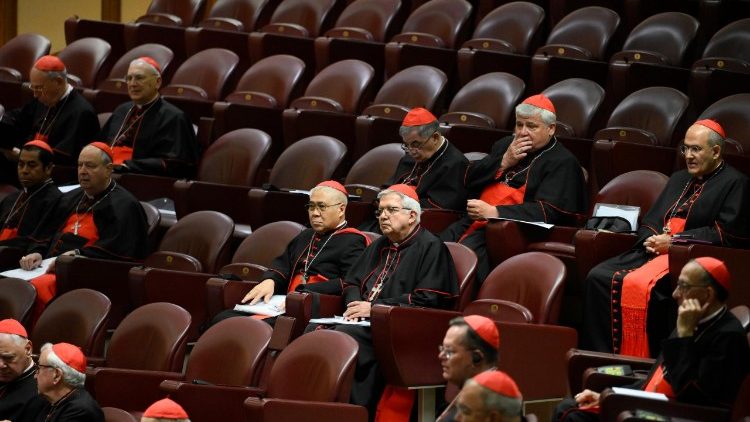
Cardinals Intensify Their Spiritual and Pastoral Preparation at the Third General Congregation
Exaudi Staff
24 April, 2025
1 min
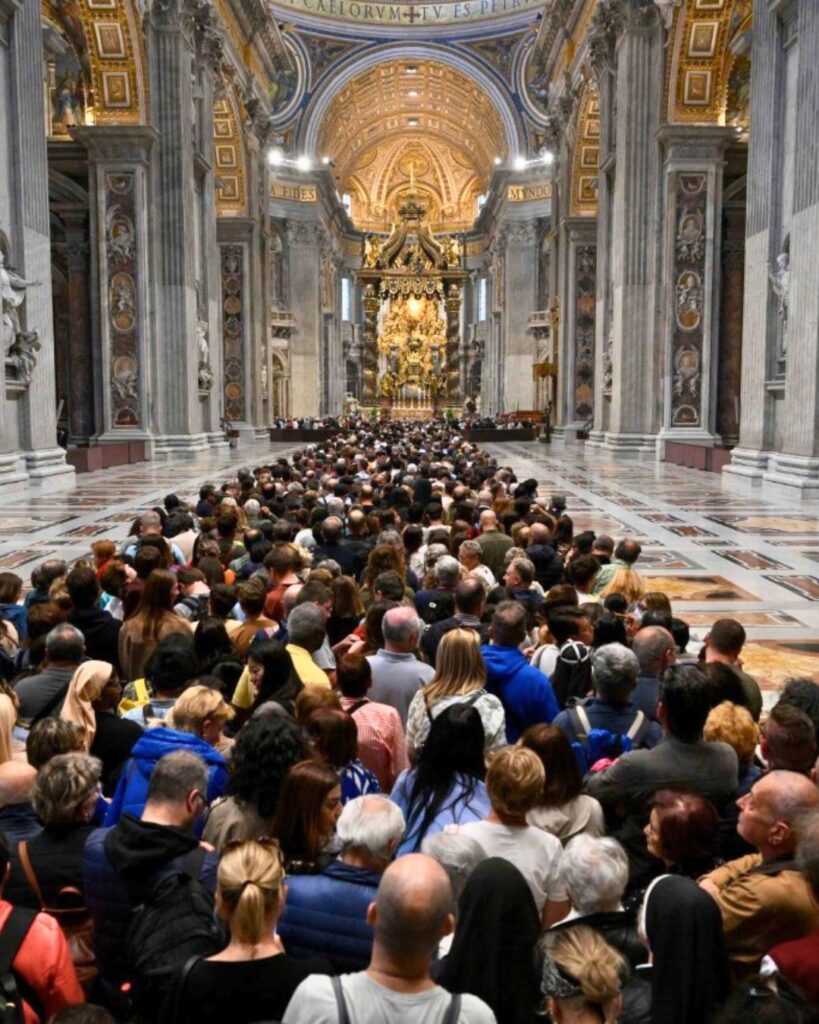
Rome unites in prayer: the world bids farewell to Pope Francis with love and gratitude
Exaudi Staff
24 April, 2025
2 min
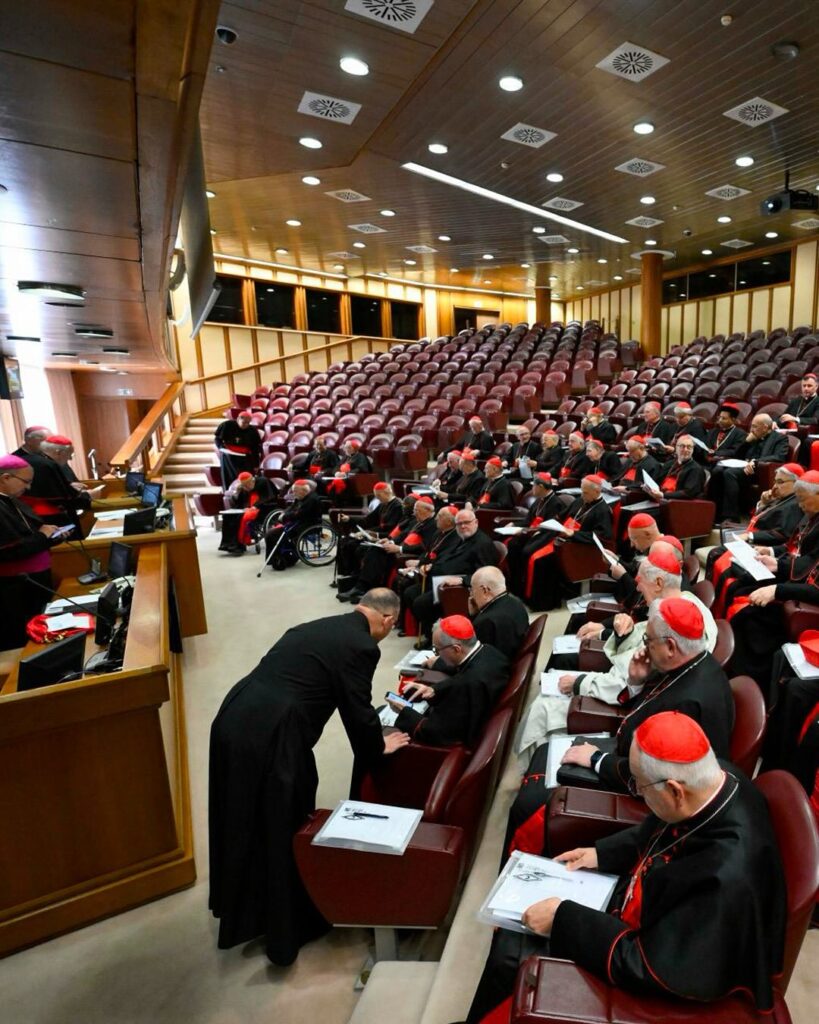
The first General Congregation of Cardinals was held in the Vatican
Exaudi Staff
23 April, 2025
2 min
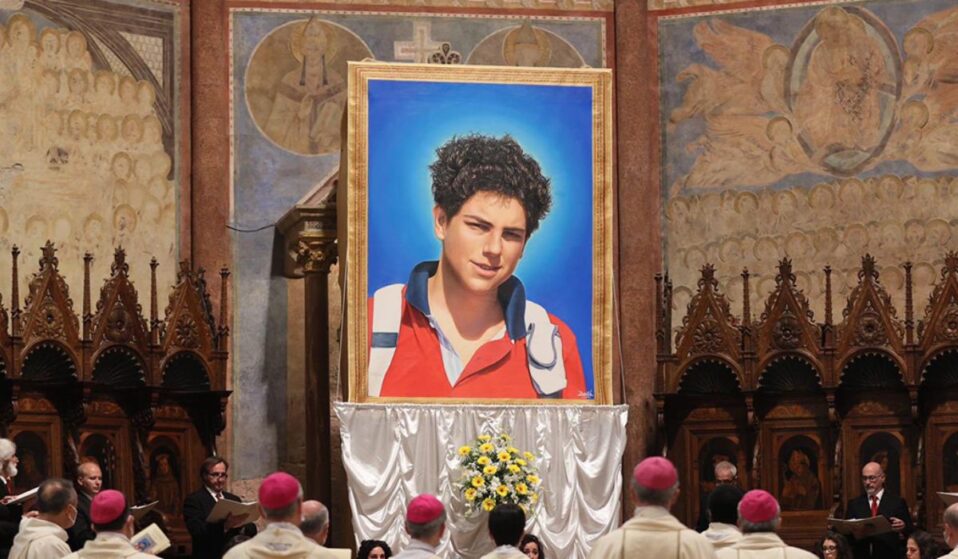
Holy See: Canonization of Carlo Acutis Postponed
Exaudi Staff
21 April, 2025
2 min
 (EN)
(EN)
 (ES)
(ES)
 (IT)
(IT)

